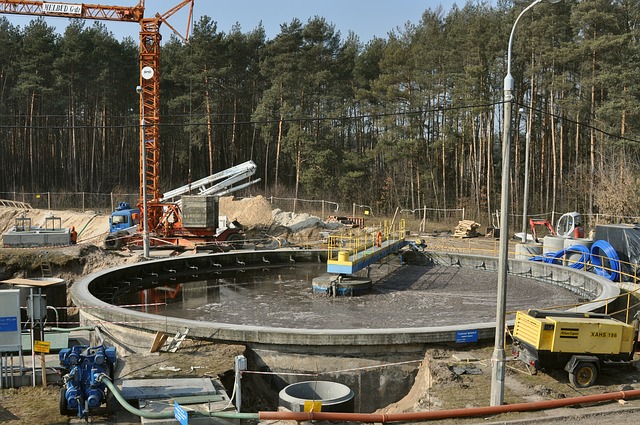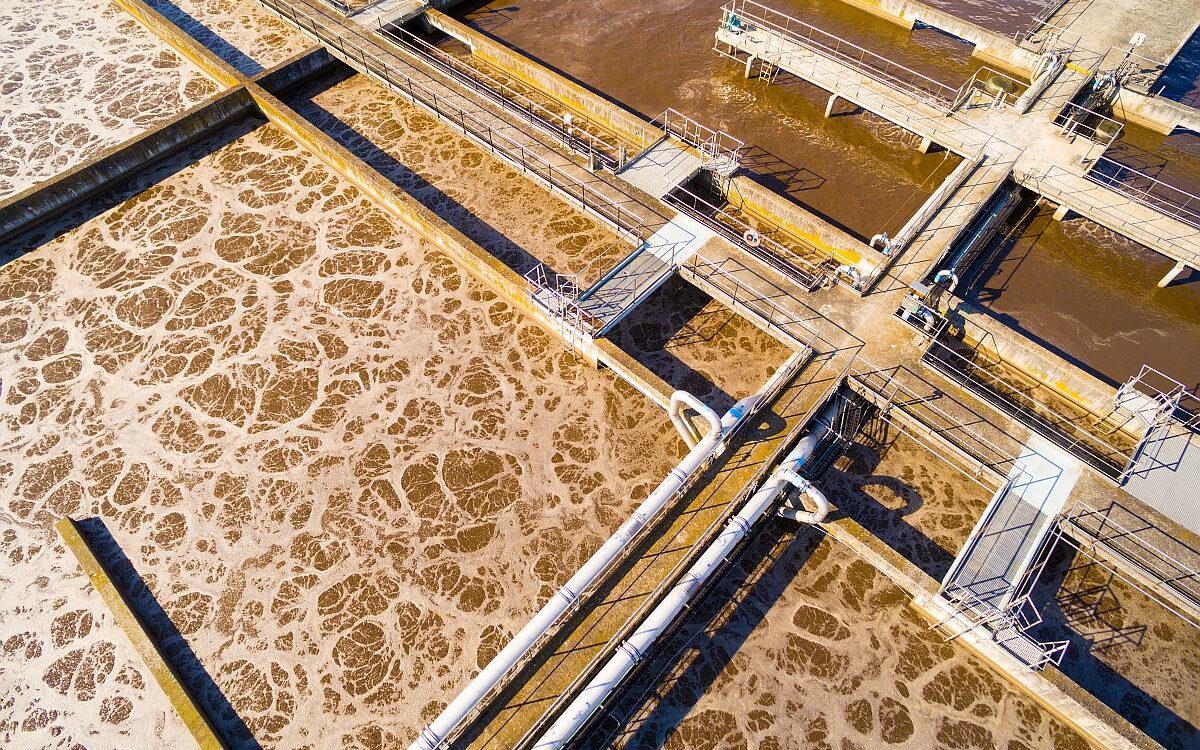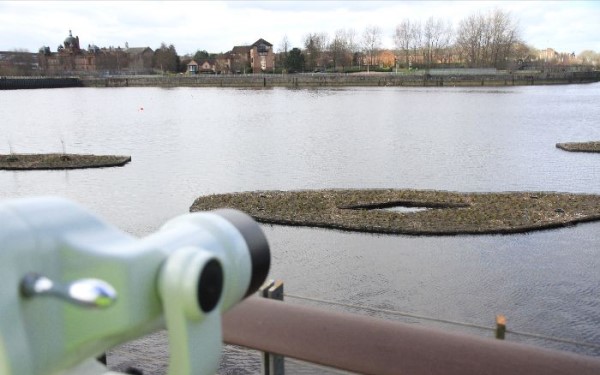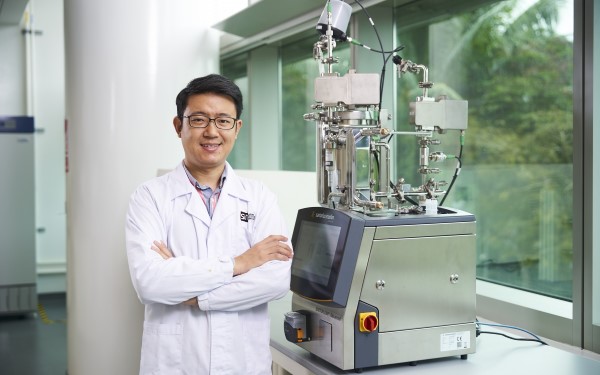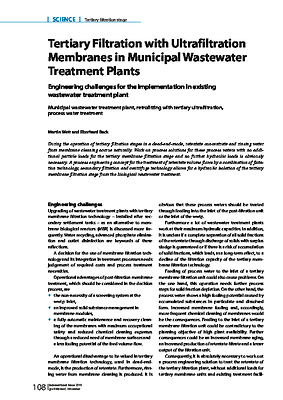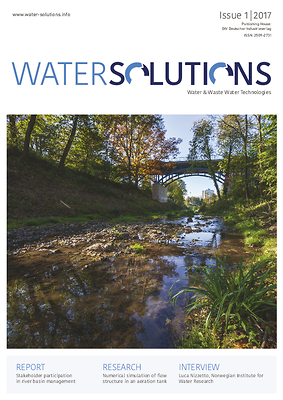Text excerpt. Source: KWR
To obtain a clear picture of the effects of water conservation on the sewer system one needs modelling. Household water use is very dynamic and typically takes place in short peaks: you turn on the tap and after a short while you turn it off again. KWR developed the SIMDEUM model to simulate household water use. The model allows one to predict the total water use in a street or residential neighbourhood on the basis of simulated water use patterns.
Extending the SIMDEUM model
The SIMDEUM model was extended to also predict, besides the household water use pattern, the wastewater composition per house, at every point in the network, and at every moment of the day. To this end, the model calculates the flow, the water level, and the composition of the wastewater. The model was calibrated and validated using data provided by Wessex Water.
The model was used to test a number of future scenarios for water use in the UK. Artesia Consulting developed these scenarios on behalf of the UK Water Services Regulation Authority (OFWAT). They present a picture of UK household water use, based on different possible socio-economic developments over the next 50 years.
The project has been continued over the last year in collaboration with Waternet and TU Delft, within the framework of the TKI’s ‘New Urban Water Transport Systems’ (NUWTS) project. Specifically, the model is being applied to the Prinseneiland island in Amsterdam. This research is being supplemented with water-quality measurements in the sewer, thus further validating the model. The results of this project will be published shortly in a new article. This will mark the conclusion of the research by Olivia Bailey, a PhD student at the University of Bath.
